PEOPLE

EUROPE DESIGNS THE SUPERCOMPUTERS OF THE FUTURE
Interview with Piero Vicini, coordinator of the European supercomputer project ExaNeSt for the Italian INFN
A billion billion calculations per second (that is a one followed by 18 zeros). Such is the computing power of the supercomputers of the future. Developing them is the ambitious goal of a European project now set to get underway. The project is called ExaNeSt, European Exascale System Interconnect and Storage. Among its various Italian partners are the INFN - with the CNAF (National Centre for Research and Development in Information Technology) and the Rome division at the Sapienza University of Rome - the Italian Institute for Astrophysics (INAF), eXact LAB and the Italian branch of ENGINSOFT. Piero Vicini is the project coordinator for the INFN. We asked him to explain why we need increasingly high-performing supercomputers in the so-called era of Big Science.
Can you tells us what the ExaNeSt project is all about?
ExaNeSt is a research project funded by the European Commission as part of the Horizon 2020 framework programme. It will contribute to the development of large-scale parallel HPC (High Performance Computing) systems. Production should start within the next five to seven years. We expect these systems to reach one ExaFLOPS, where FLOPS stands for FLoating point OPerations per Second, and the prefix "Exa" indicates 1018, the equivalent of a 1 followed by 18 zeros. Put simply, we are talking about a computing system capable of performing a billion billion arithmetic operations per second, ...
NEWS
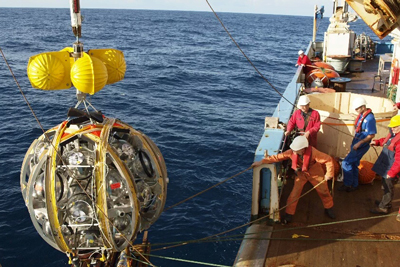
Infrastructures
KM3NET: CONSTRUCTION OF THE NEUTRINO DETECTOR HAS COMMENCED
The first complete string of the KM3NeT neutrino telescope was installed on the seabed and connected to the shore in December. This marks the start of the construction of the experiment, which will be the biggest astrophysical neutrino detector in the northern hemisphere. ...
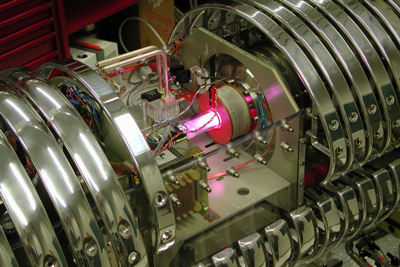
Research
THE PUZZLE OF THE ORIGIN OF ELEMENTS IN THE UNIVERSE
LUNA (Laboratory for Underground Nuclear Astrophysics) at the INFN Gran Sasso National Laboratory has recreated and observed a rare nuclear reaction that occurs in giant red stars, the type of star our Sun will eventually become. This is the first direct observation of sodium production in these stars, ...
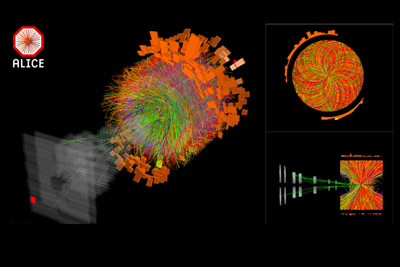
Research
CERN STARTS COLLIDING IONS
AT RECORD-BREAKING ENERGIES
After the restart of the LHC (Large Hadron Collider) in June 2015, with a record-breaking collision energy of 13 TeV, and its first months of data taking with proton collisions, the super accelerator at CERN in Geneva is moving to a new phase. Inside the LHC's beam pipe, ...
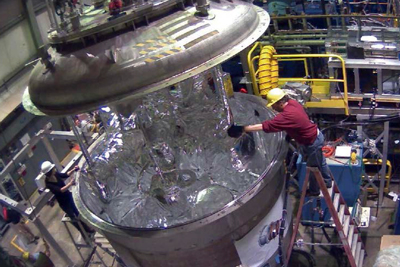
Industrial Collaborations
A PIECE OF ITALY IN THE INTERNATIONAL Mu2e EXPERIMENT AT FERMILAB
ASG Superconductors based in Genoa, Italy, was recently awarded the contract to build one of the three magnets for the international Mu2e (Muon to electron) experiment at Fermilab, which will study the conversion of muons to electrons. The contract reflects the successful partnership between fundamental research and industrial research. ...
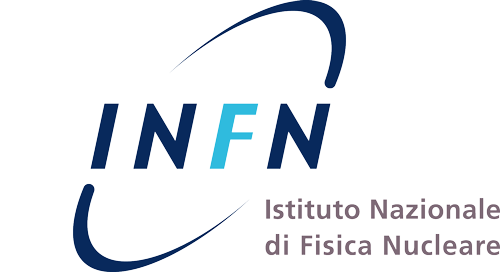

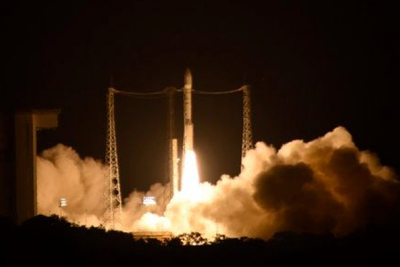 THE FIRST STEP TOWARDS OBSERVING GRAVITATIONAL WAVES FROM SPACE
THE FIRST STEP TOWARDS OBSERVING GRAVITATIONAL WAVES FROM SPACE